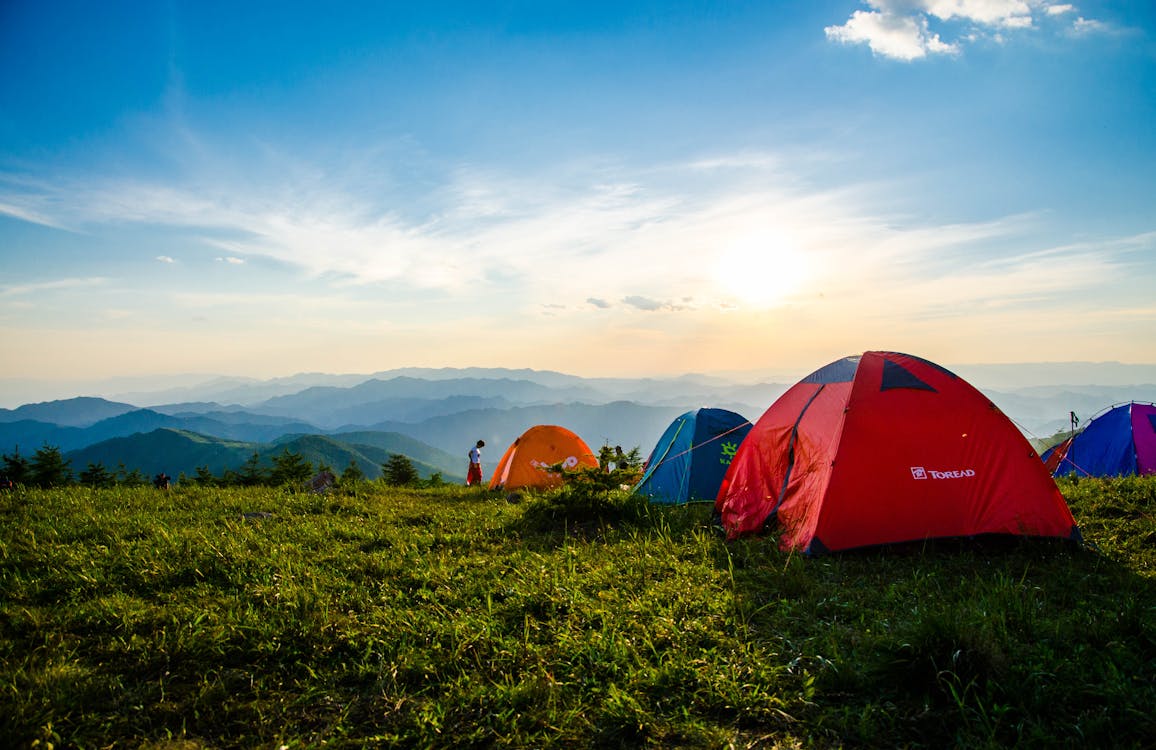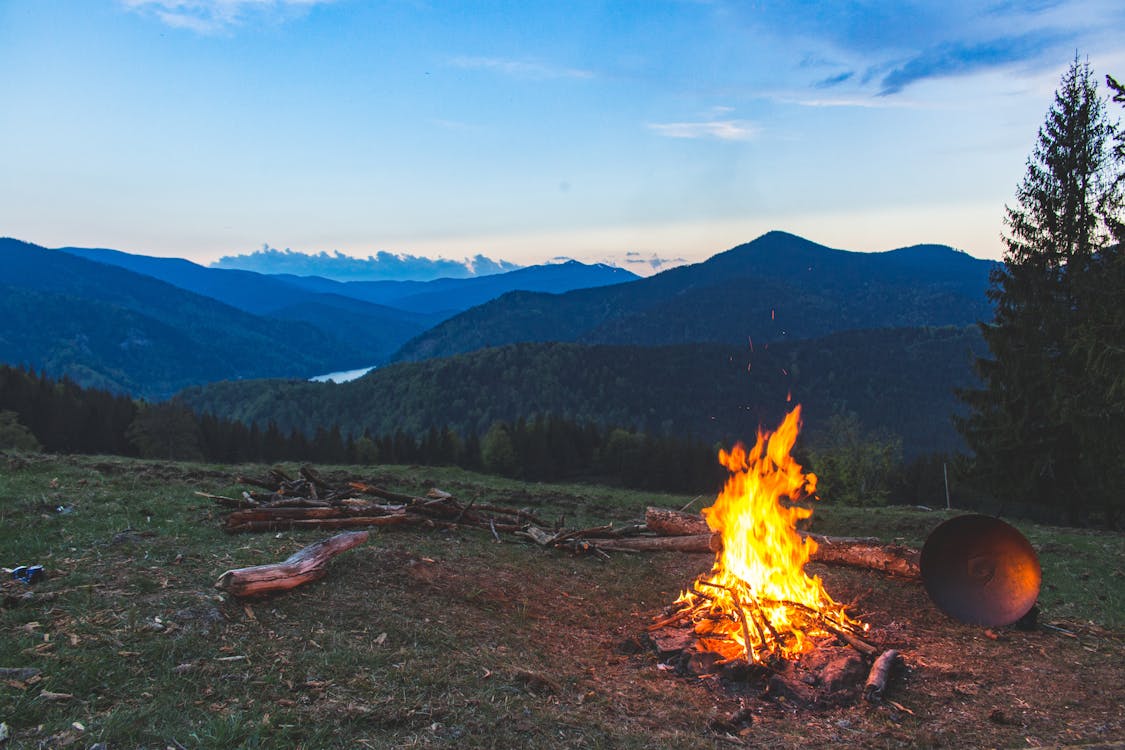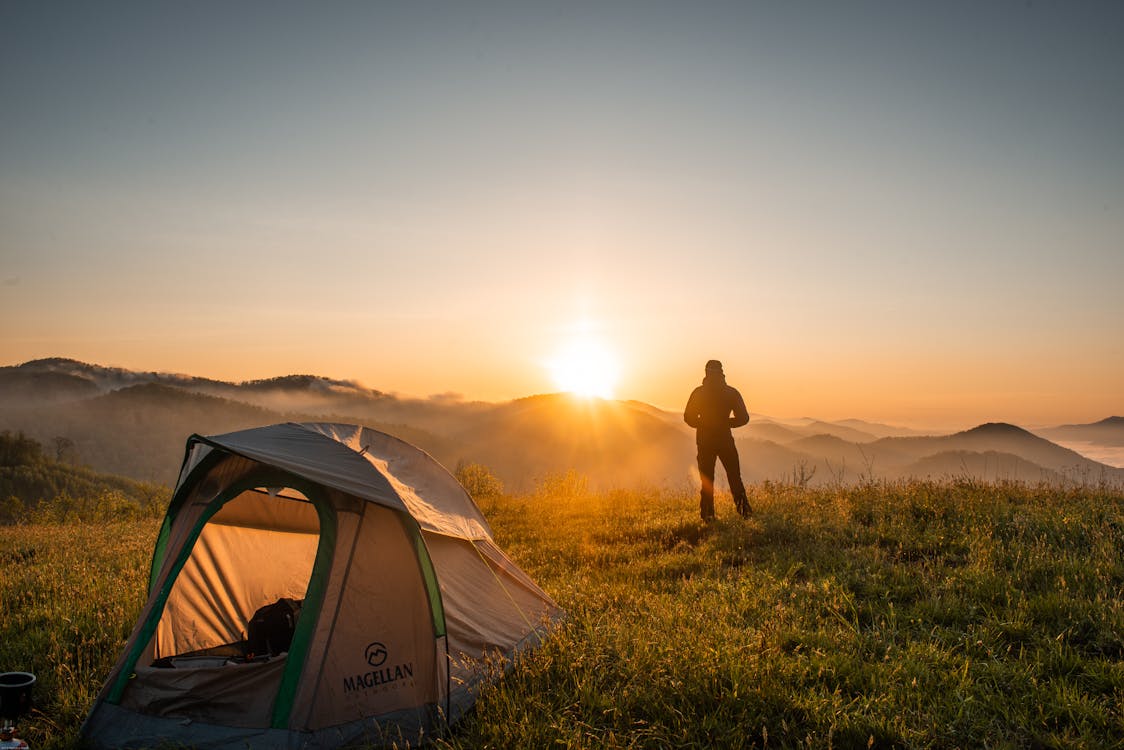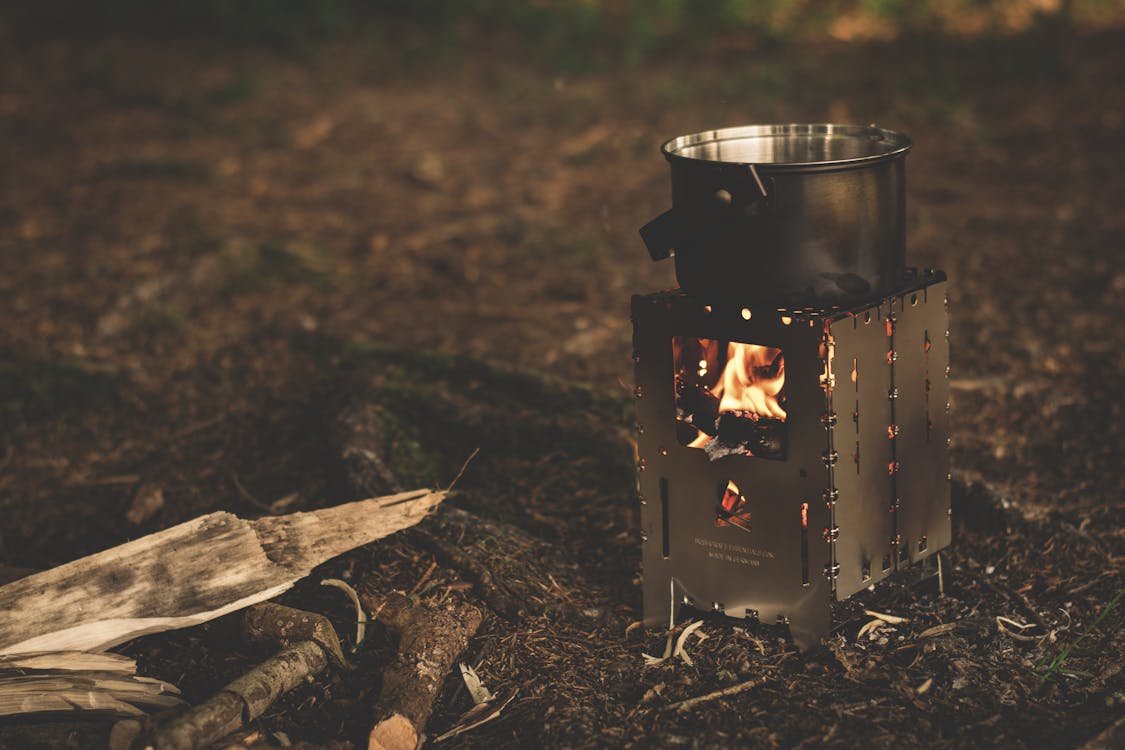🏕️ The Joy of Minimalist Camping: Reconnect with Nature, Lightly

A simple tarp shelter in the woods – Wikimedia Commons
Minimalist camping is more than just an outdoor experience—it’s a lifestyle choice that emphasizes simplicity, sustainability, and deeper connection with nature. Unlike traditional car camping with heavy gear, minimalist camping encourages you to pack only the essentials and embrace the serenity of the wild.
🌿 What Is Minimalist Camping?
Minimalist camping (sometimes called "ultralight camping") means carrying only what you truly need. No bulky coolers, air mattresses, or portable grills—just the essentials: shelter, sleep system, food, and a mindset for adventure.
This approach not only reduces your environmental footprint but also makes your pack lighter and your experience richer.
🎒 Core Gear Checklist
You don’t need much to start. Here’s what minimalist campers swear by:
Tarp or ultralight tent

Versatile, light, and weatherproofSleeping bag or quilt + pad
Choose season-appropriate gear for comfort and safety.Cooking kit
A small stove or even cold-soaked meals; think light and efficient.Water filter
Streams and lakes are fine sources if you have a proper filter or tablets.Layered clothing
Dress for fluctuating weather and bring a compact rain jacket.
🗺️ How to Pick the Perfect Spot
- Go remote but not risky – National forests or backcountry areas often offer peaceful spots without designated campgrounds.
- Check the rules – Some places prohibit open fires or overnight stays, so always verify regulations.
- Leave No Trace – Minimalist campers are often champions of conservation. Pack out everything, including food scraps and micro-trash.
🔥 The Benefits of Going Minimal
- Freedom – Less weight means more mobility and energy to explore.
- Mindfulness – You focus on your surroundings, not your gear.
- Affordability – Fewer items = lower cost = more adventures.
- Sustainability – Lower impact means better protection for wild places.
🌄 A Sample Day in Minimalist Camping
- Sunrise wake-up: The sounds of birds replace your alarm.
- Simple breakfast: Oats or trail mix with coffee brewed over a compact stove.
- Day hike: Pack a small bag and explore nearby trails or water features.
- Evening fire (if permitted): Light a small campfire and reflect on the day.
- Stargazing: With little light pollution, the sky becomes your TV.
📸 Real Inspiration

A lightweight shelter in alpine terrain – Wikimedia Commons

A minimalist fire setup – simple, effective, cozy
🚫 Common Mistakes to Avoid
- Overpacking "just in case" – trust your essentials.
- Neglecting weather prep – always bring rain and insulation layers.
- Forgetting navigation – offline maps and a compass are crucial in remote areas.
🌟 Final Thoughts
Minimalist camping teaches us that less truly is more. When you strip away the extras, what remains is pure: fresh air, quiet moments, and the simple joy of being outdoors. It’s not just camping—it’s a return to what matters.
“In every walk with nature, one receives far more than he seeks.”
— John Muir
